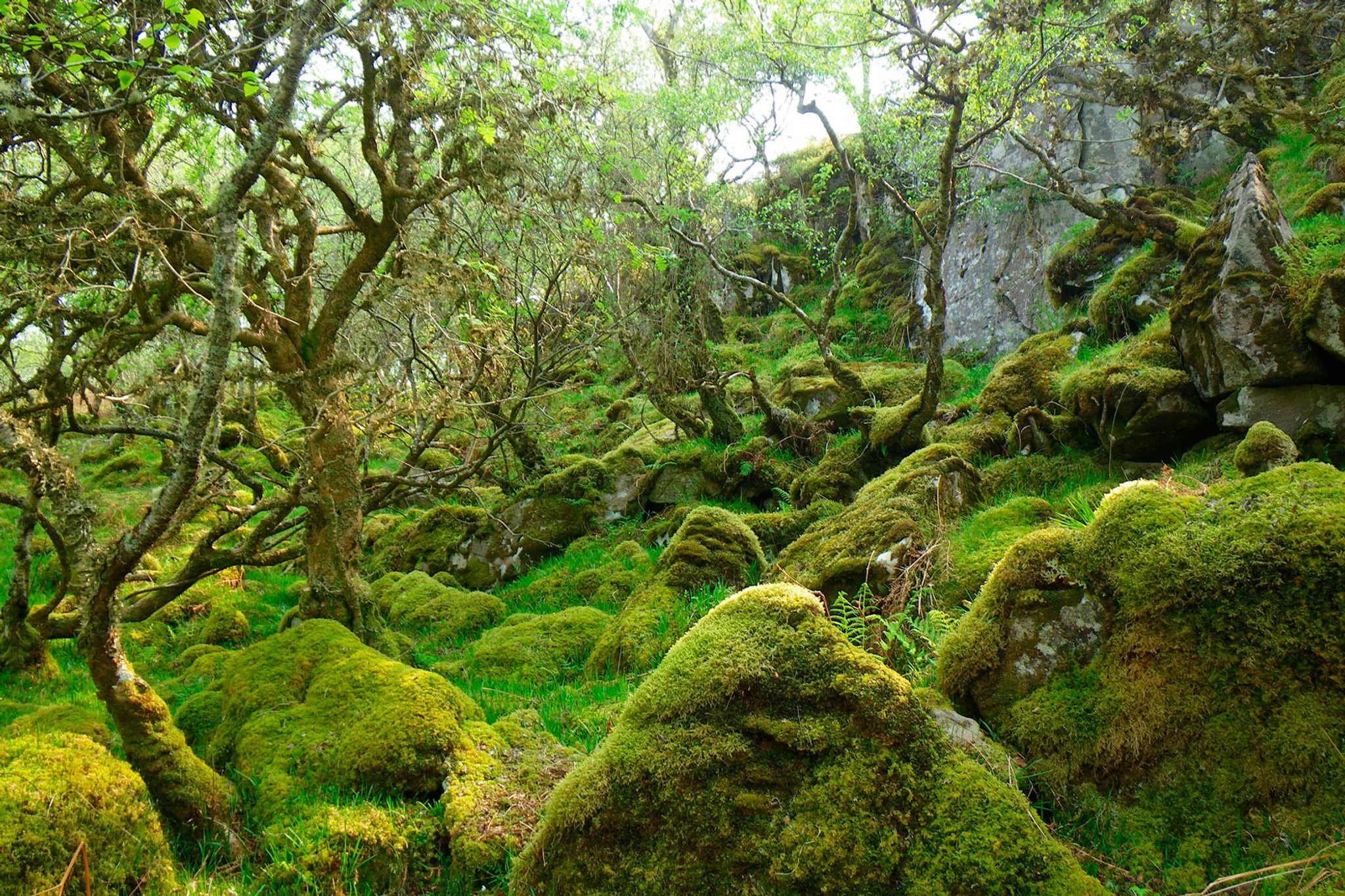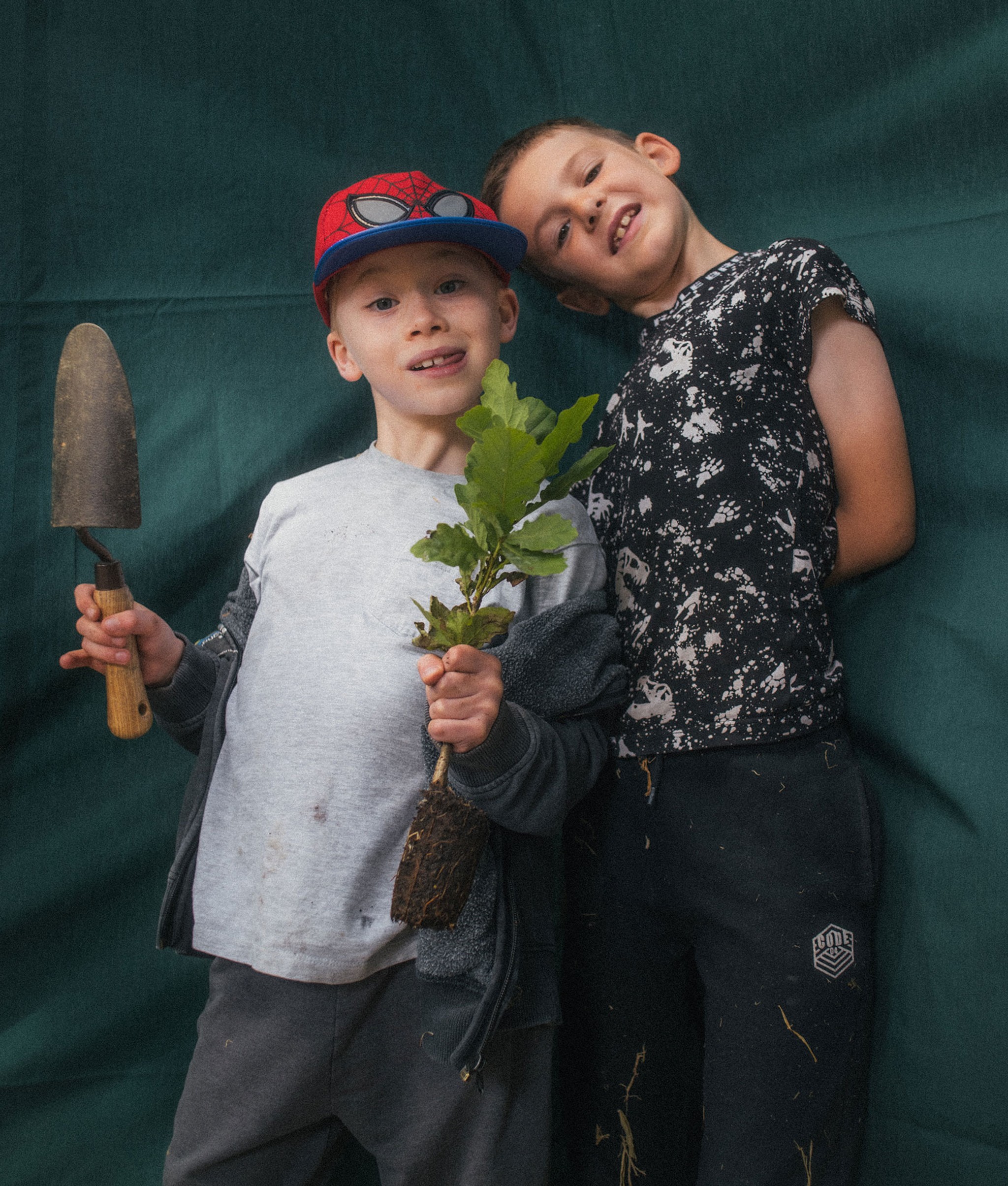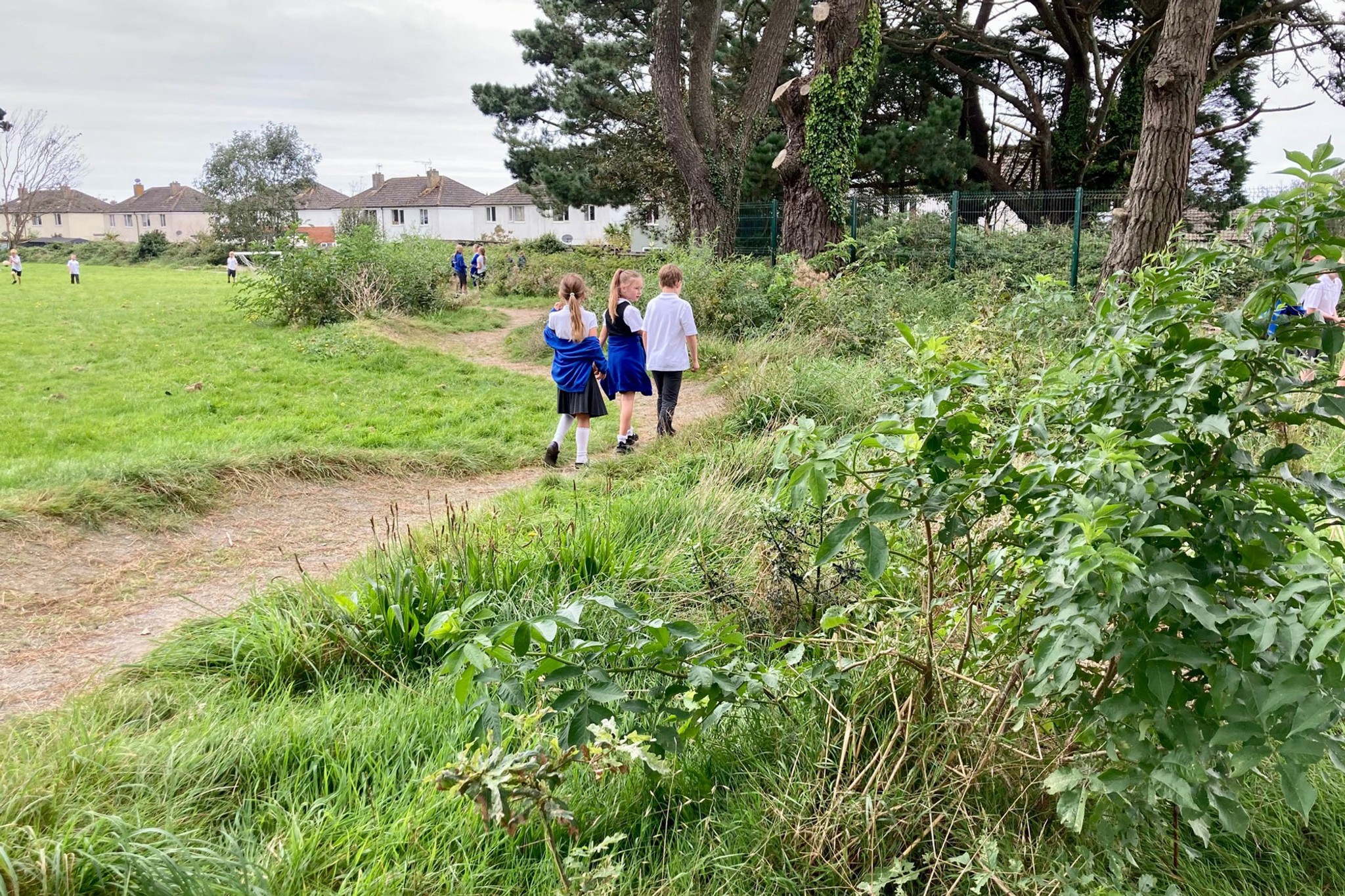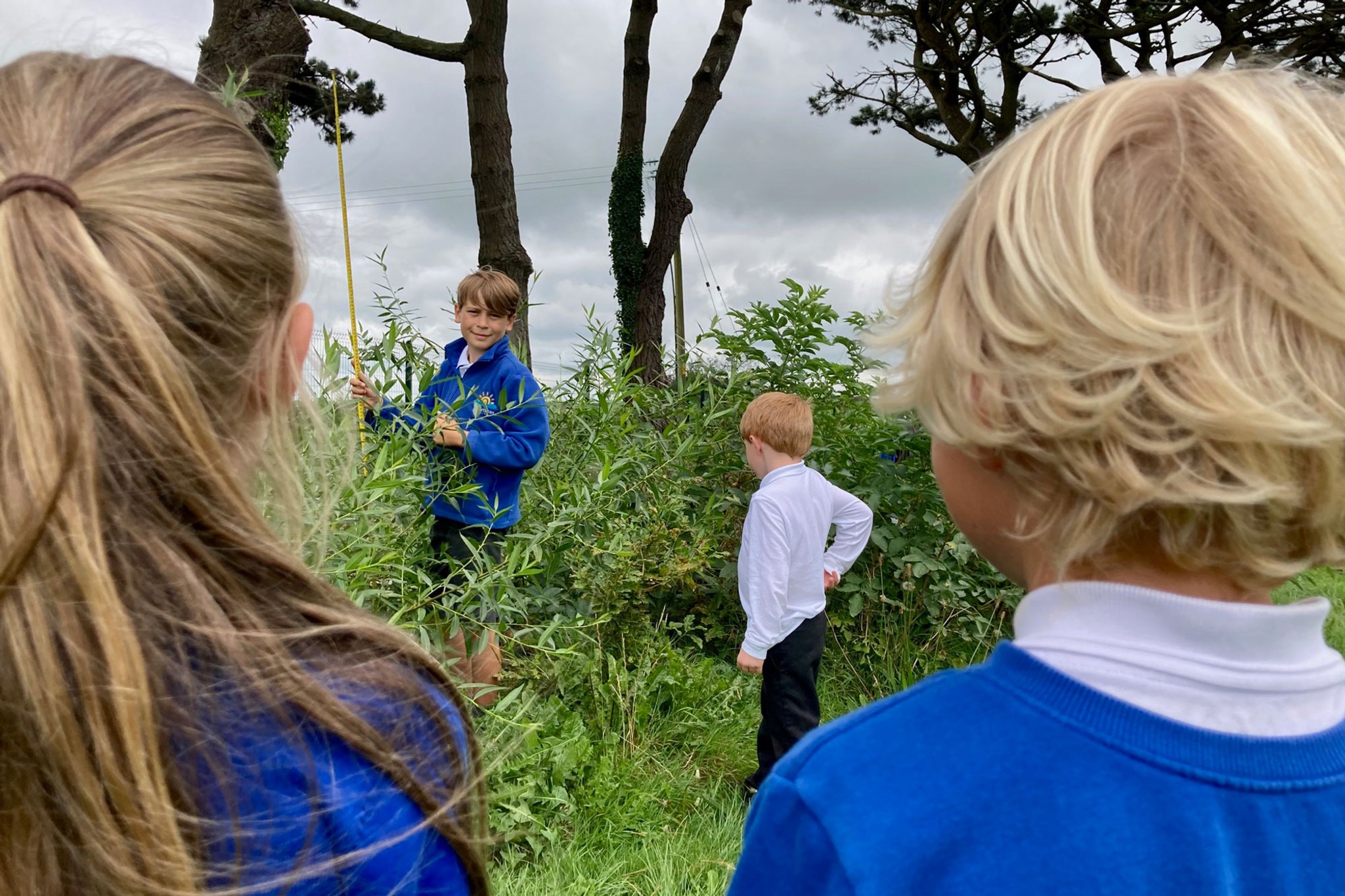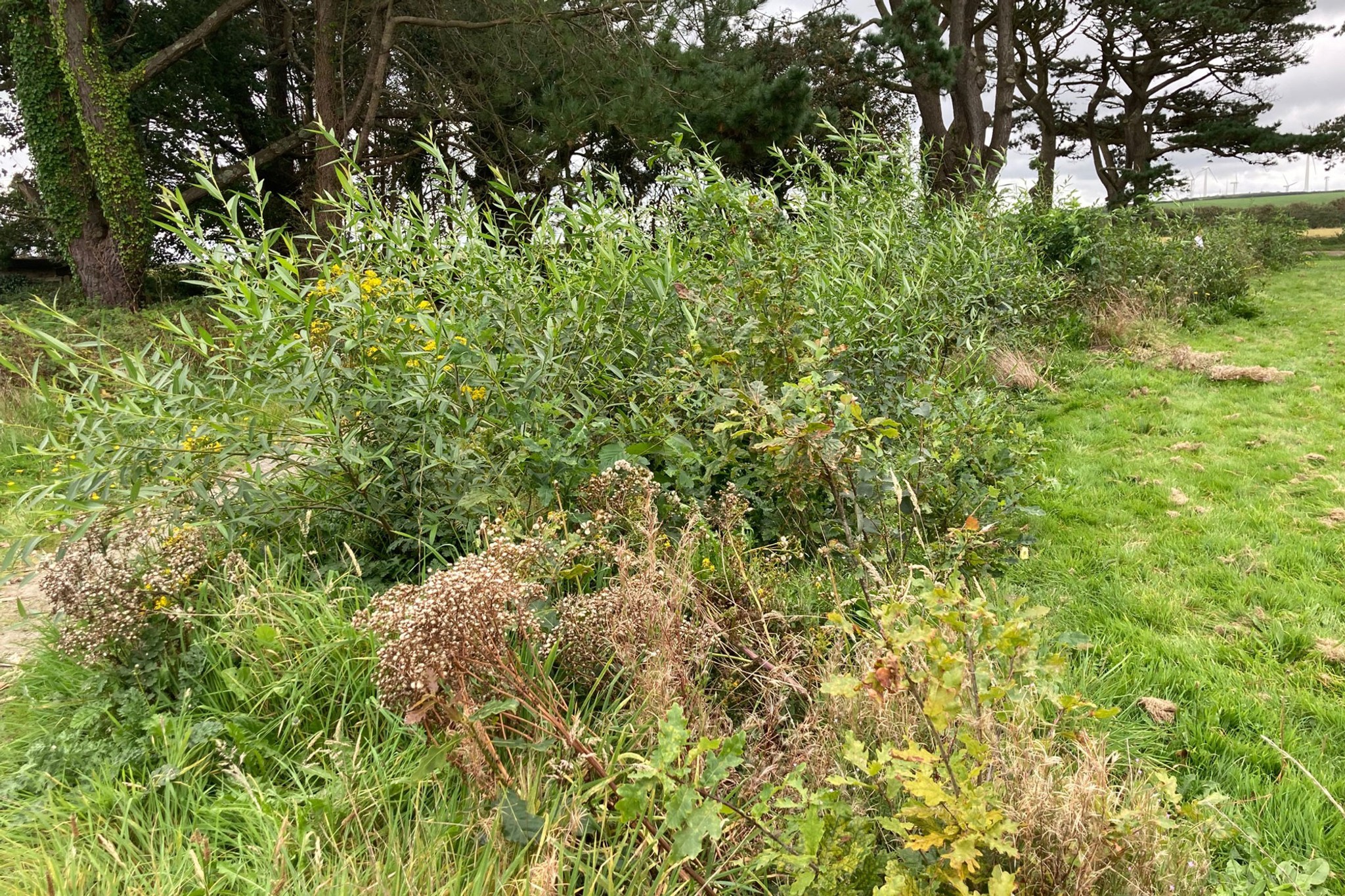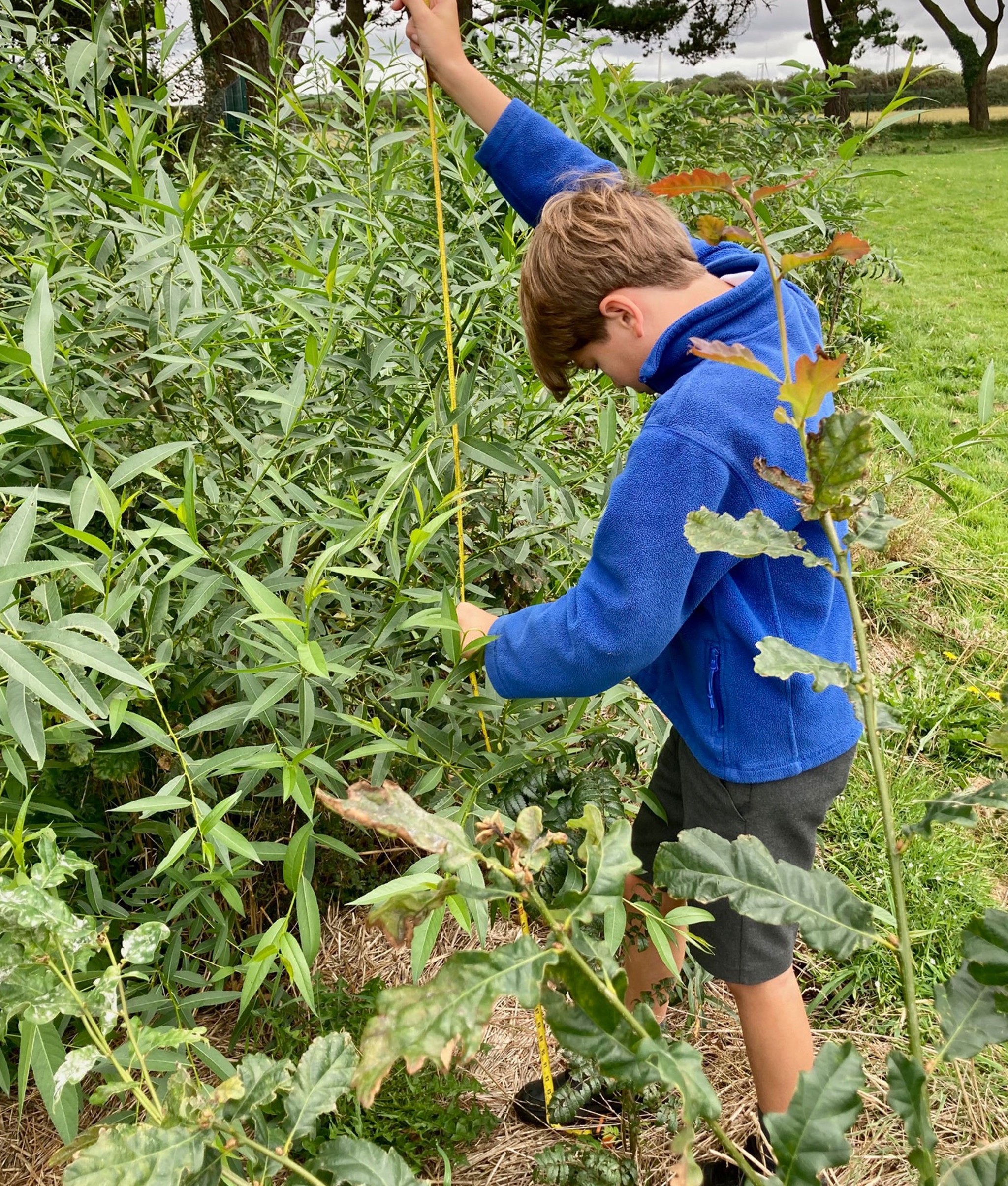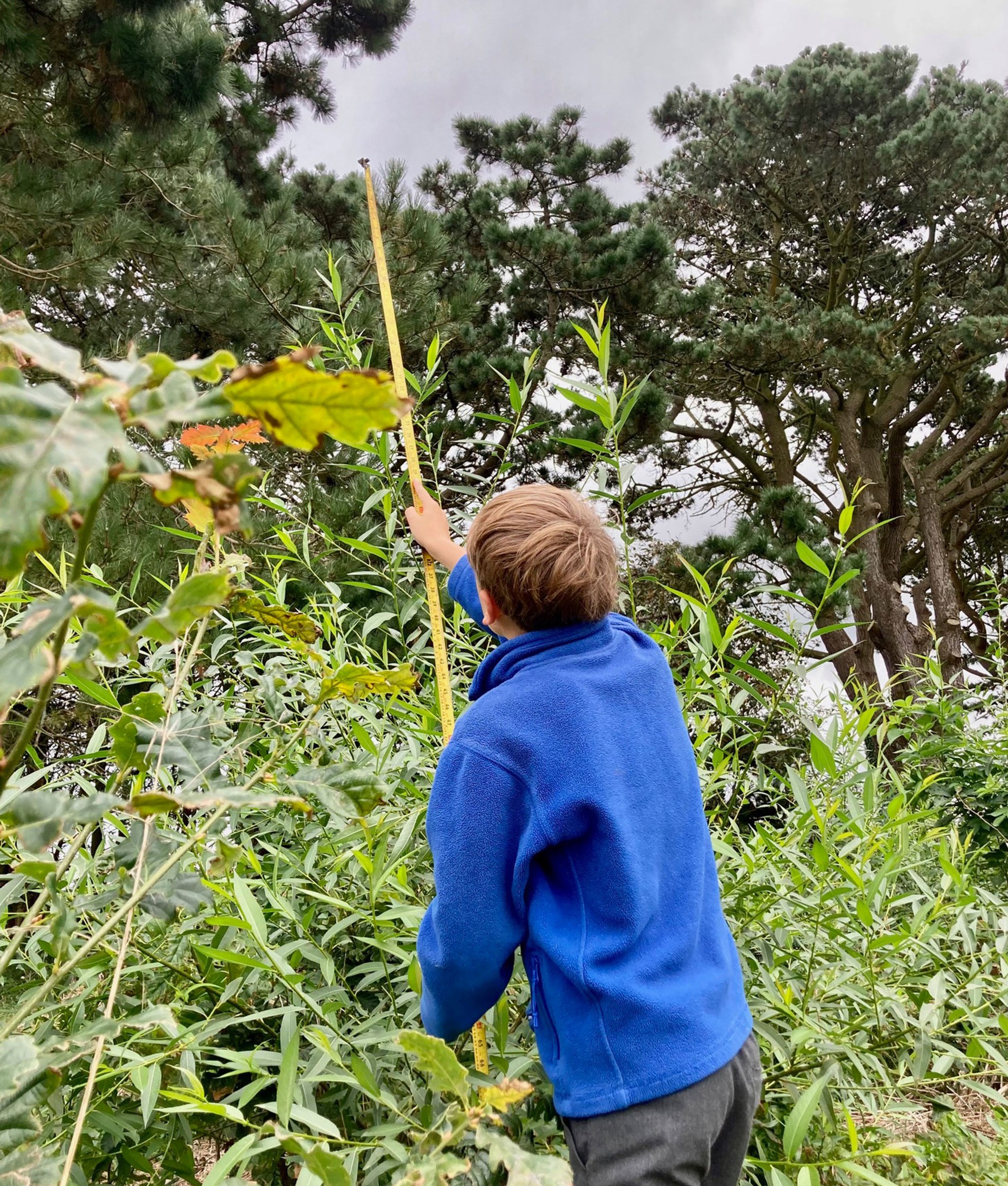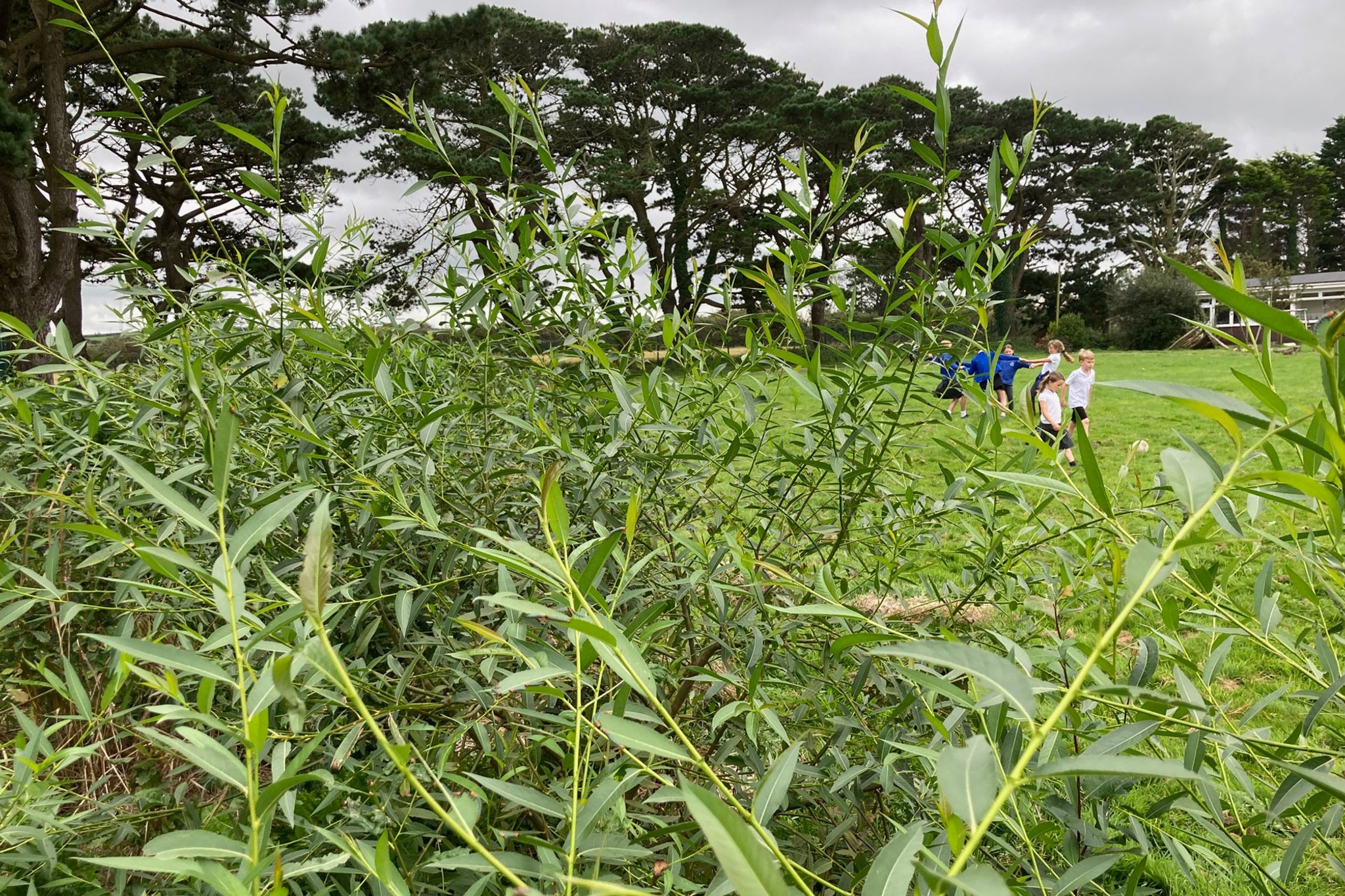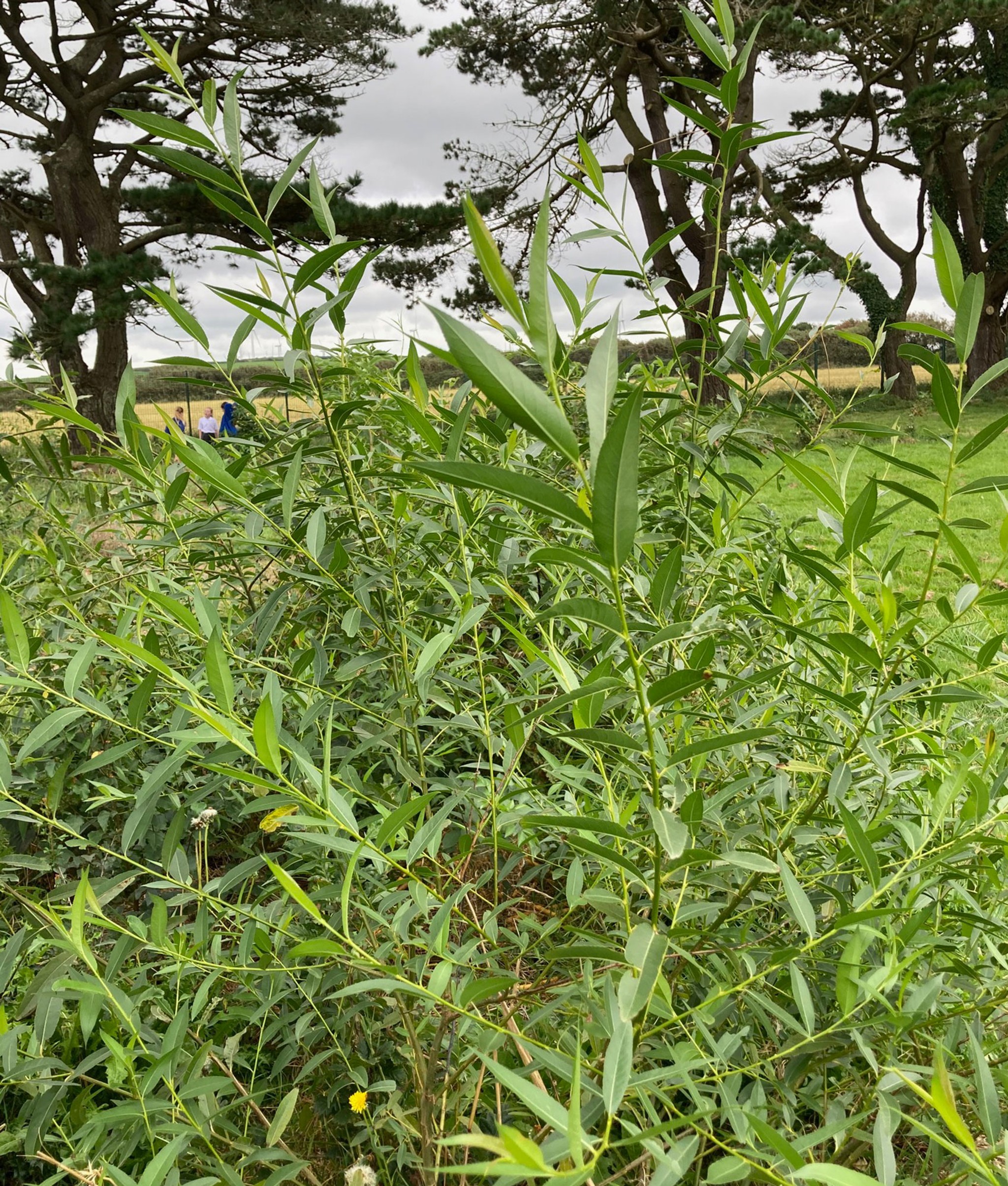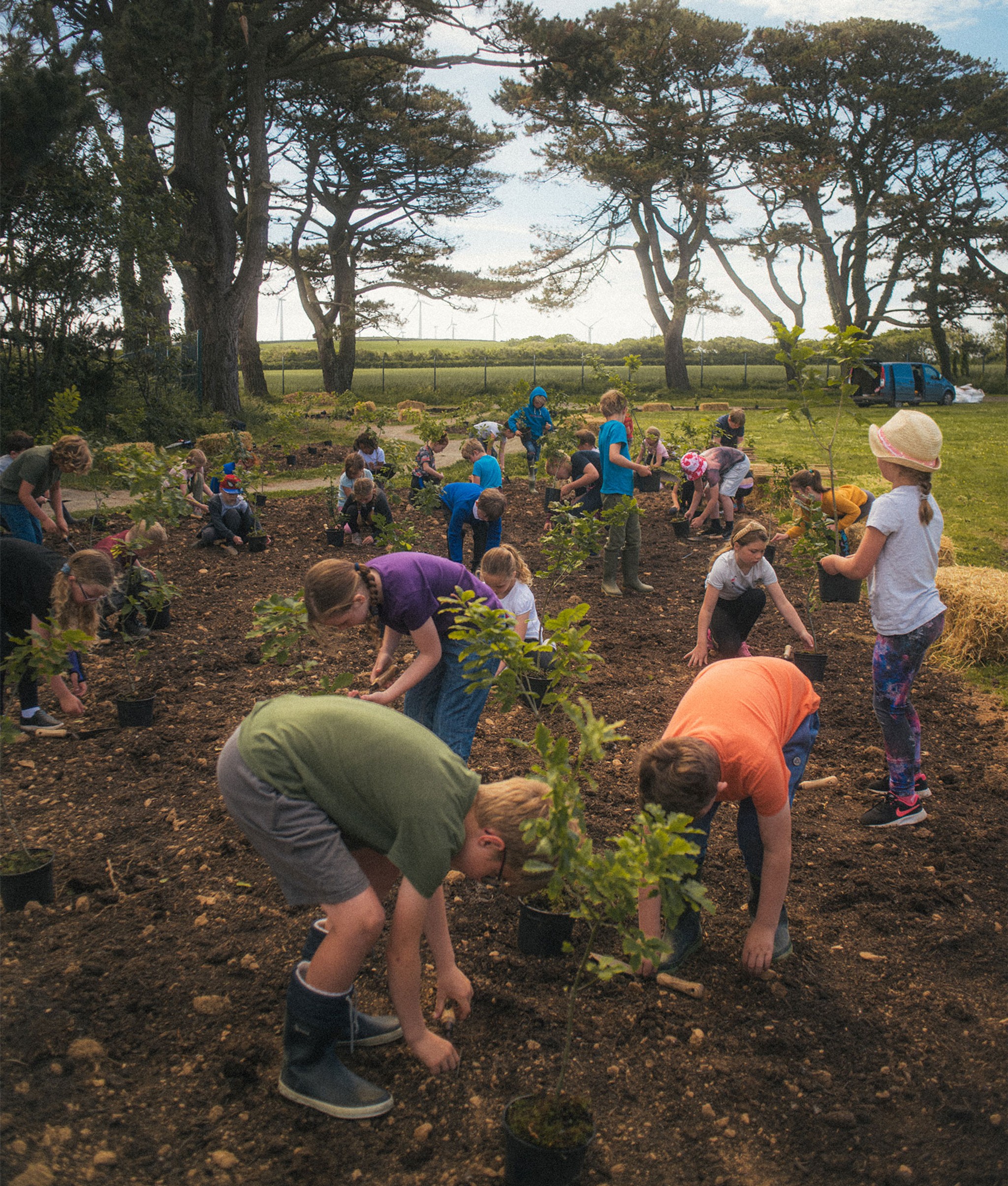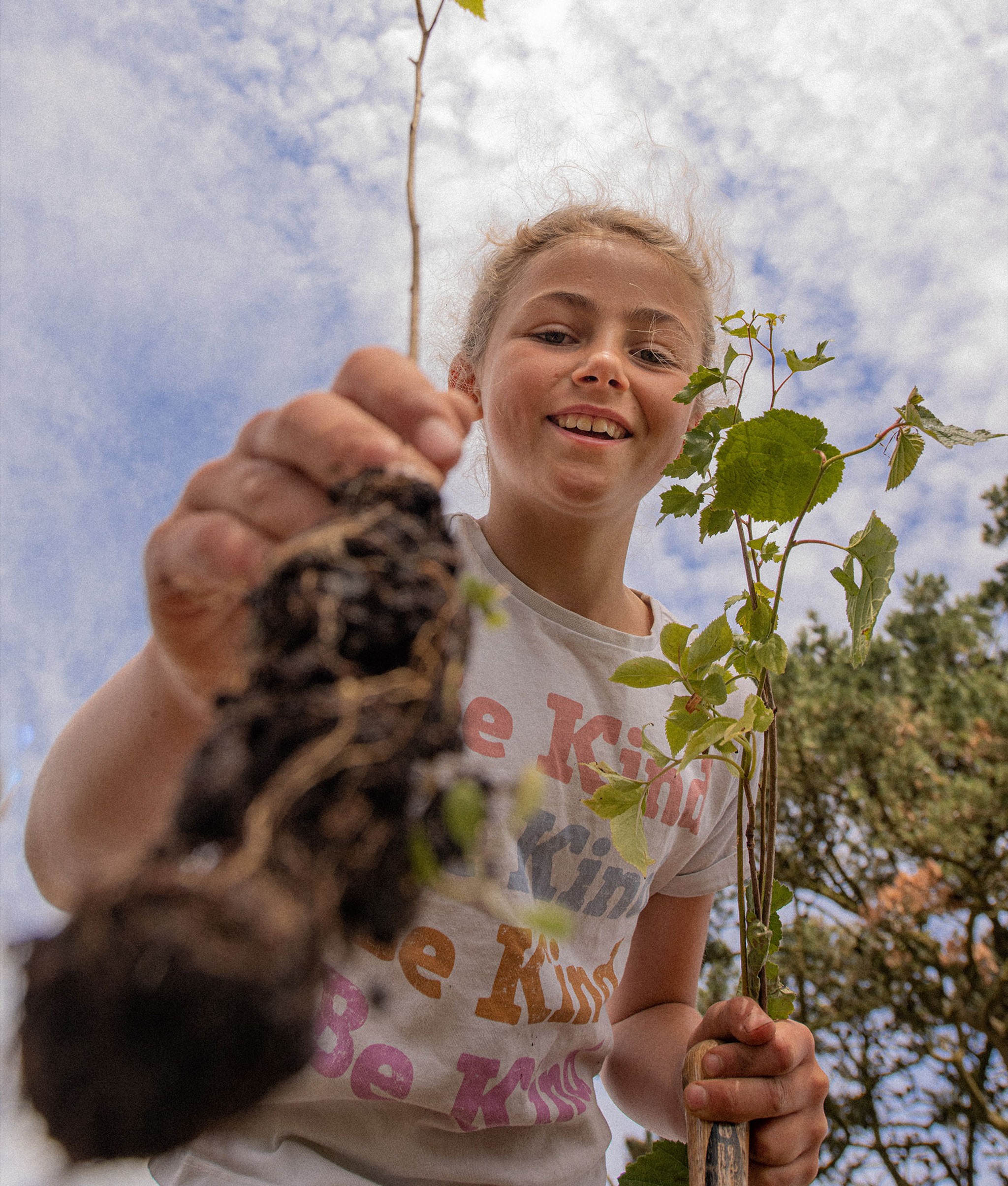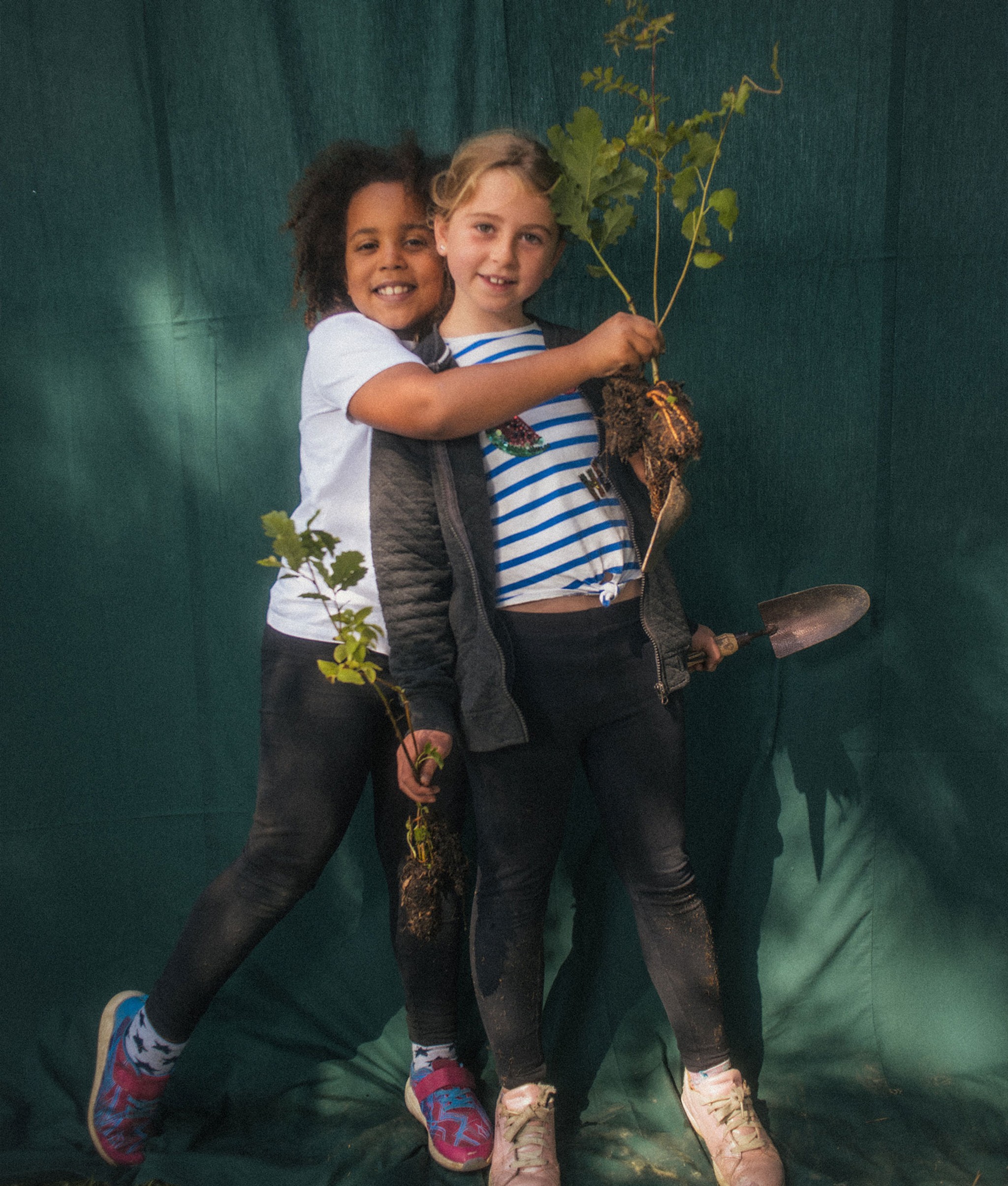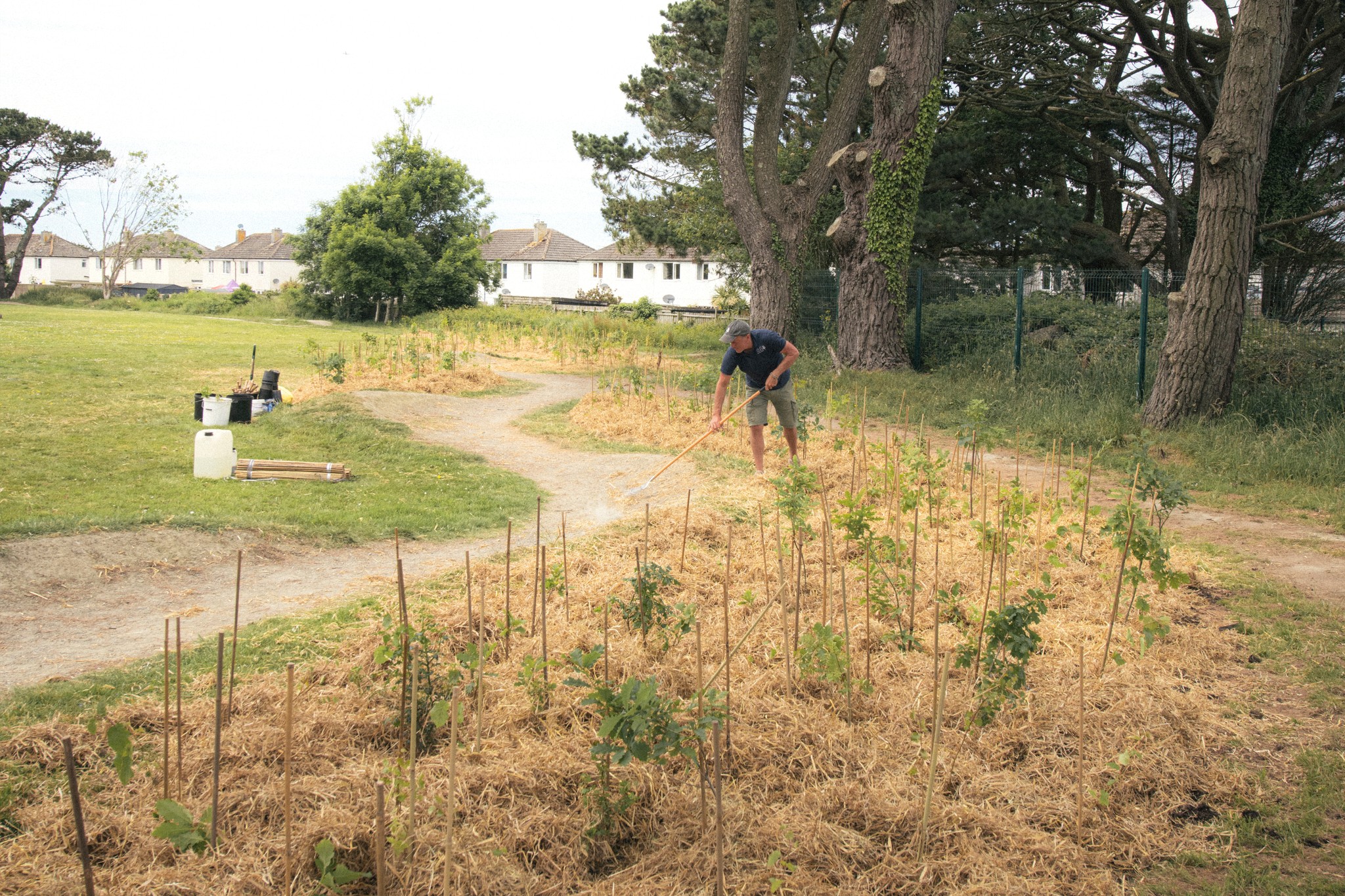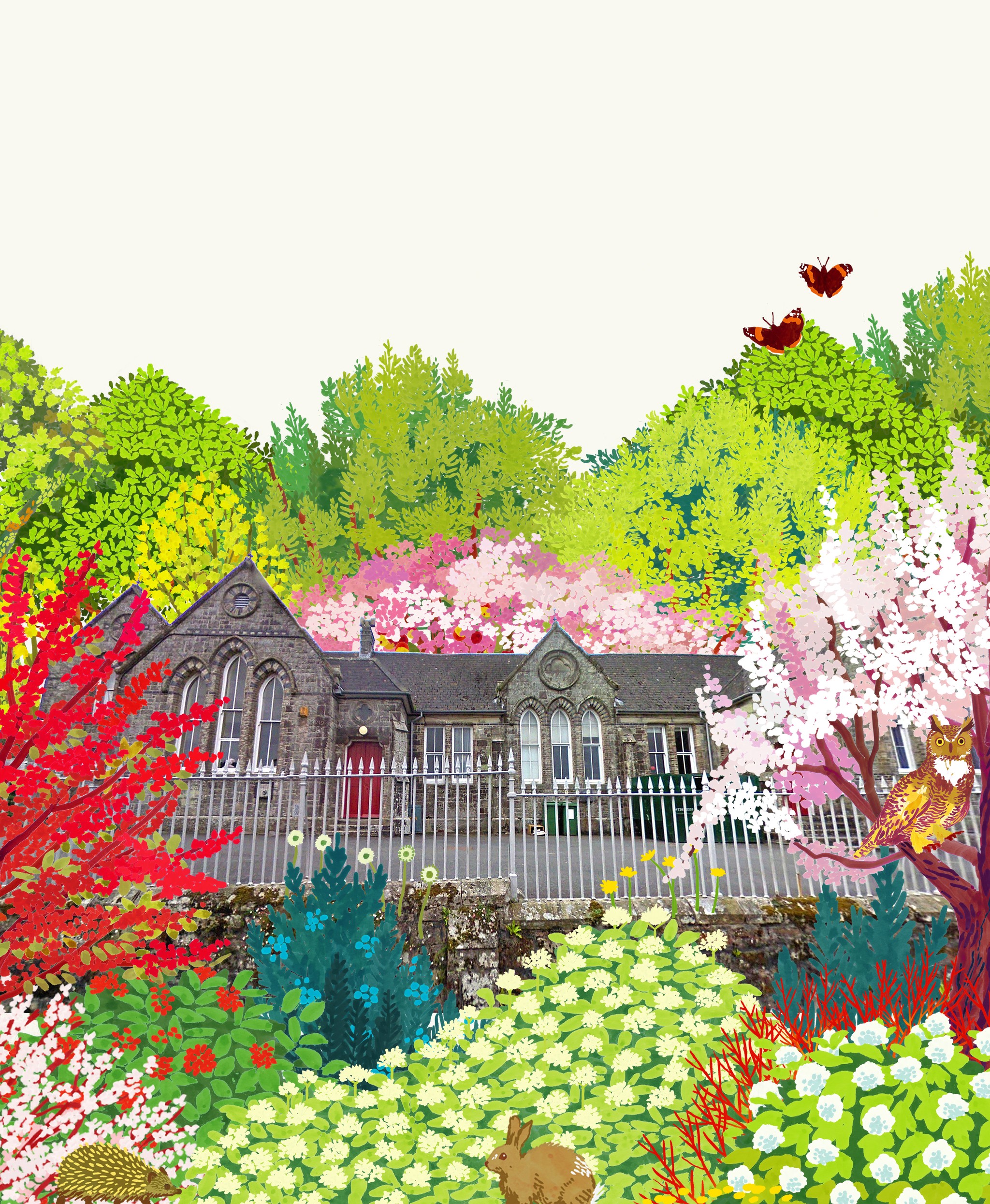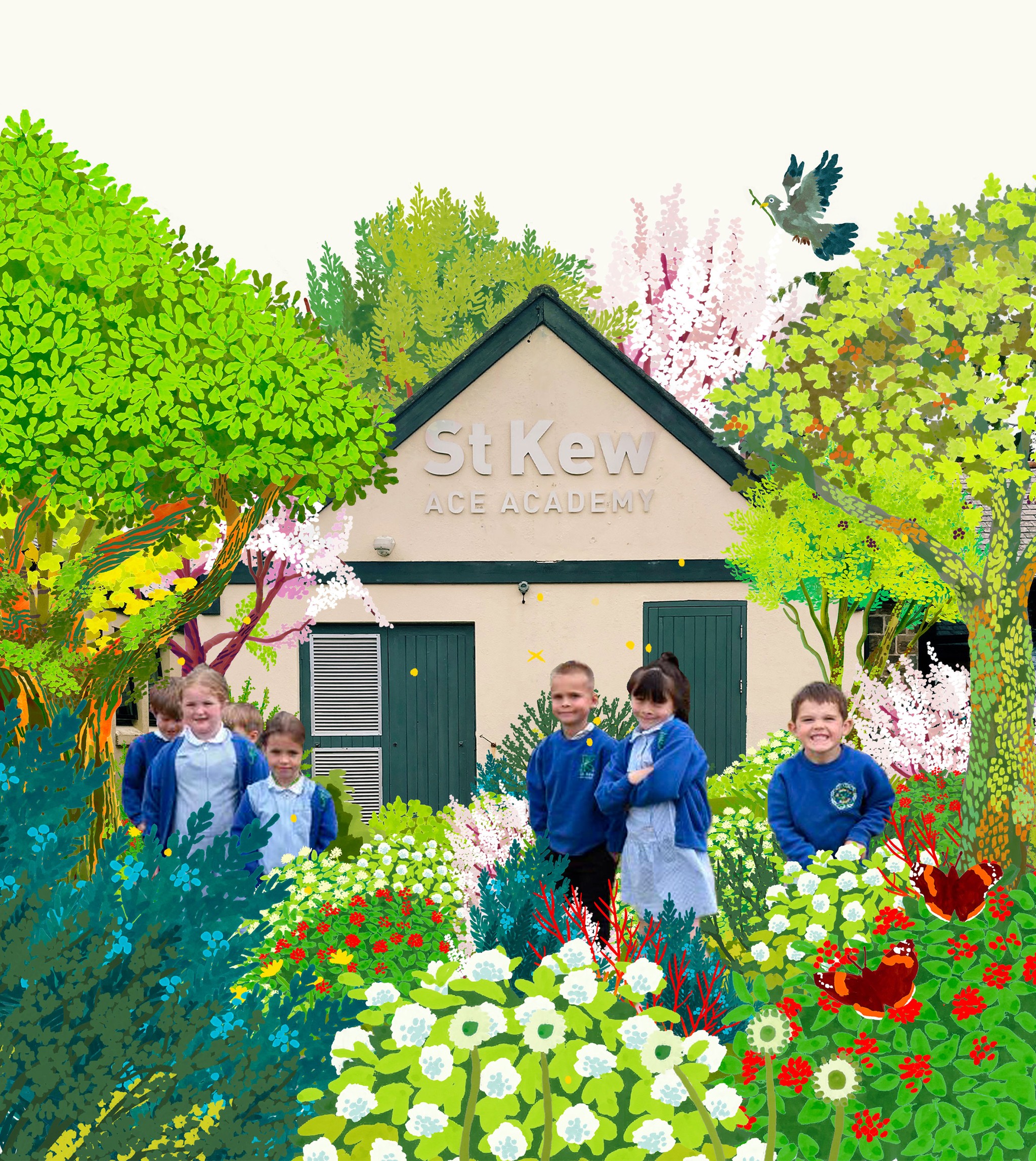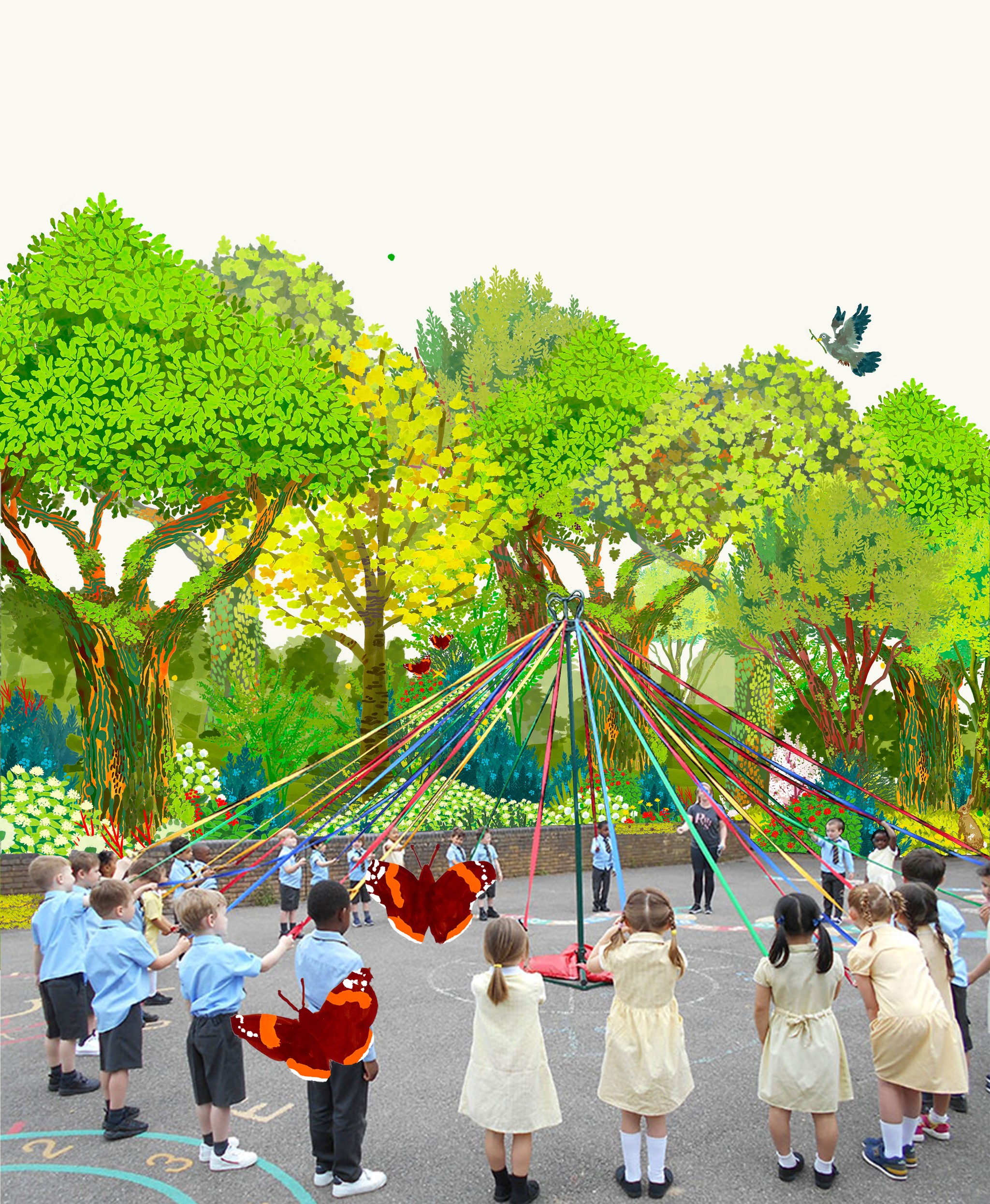Trevisker Forest
Restoring endangered temperate rainforests.


0
Trees
0
Square Meters
0
Native Species
0
Youth Impacted
Self Sustaining Forest
Planted in June 2022, Trevikser Primary Forest has transformed from a flat, grassy field with sparse tree coverage and limited ecological diversity into a thriving, biodiverse ecosystem. Over time, the forest has developed denser vegetation, including shrubs and undergrowth, creating a more natural environment that invites greater interaction with Nature.
The forest continues to flourish, with strong signs of life and growth. The presence of mushrooms, insects, snails, and birds highlights the vibrant activity within the forest. Oaks (Quercus spp.) and willows (Salix spp.) are doing particularly well, contributing to the continued development of this thriving ecosystem, which now supports a rich variety of local biodiversity.
Forest Maker
James Godfrey-Faussett
Forest Partner

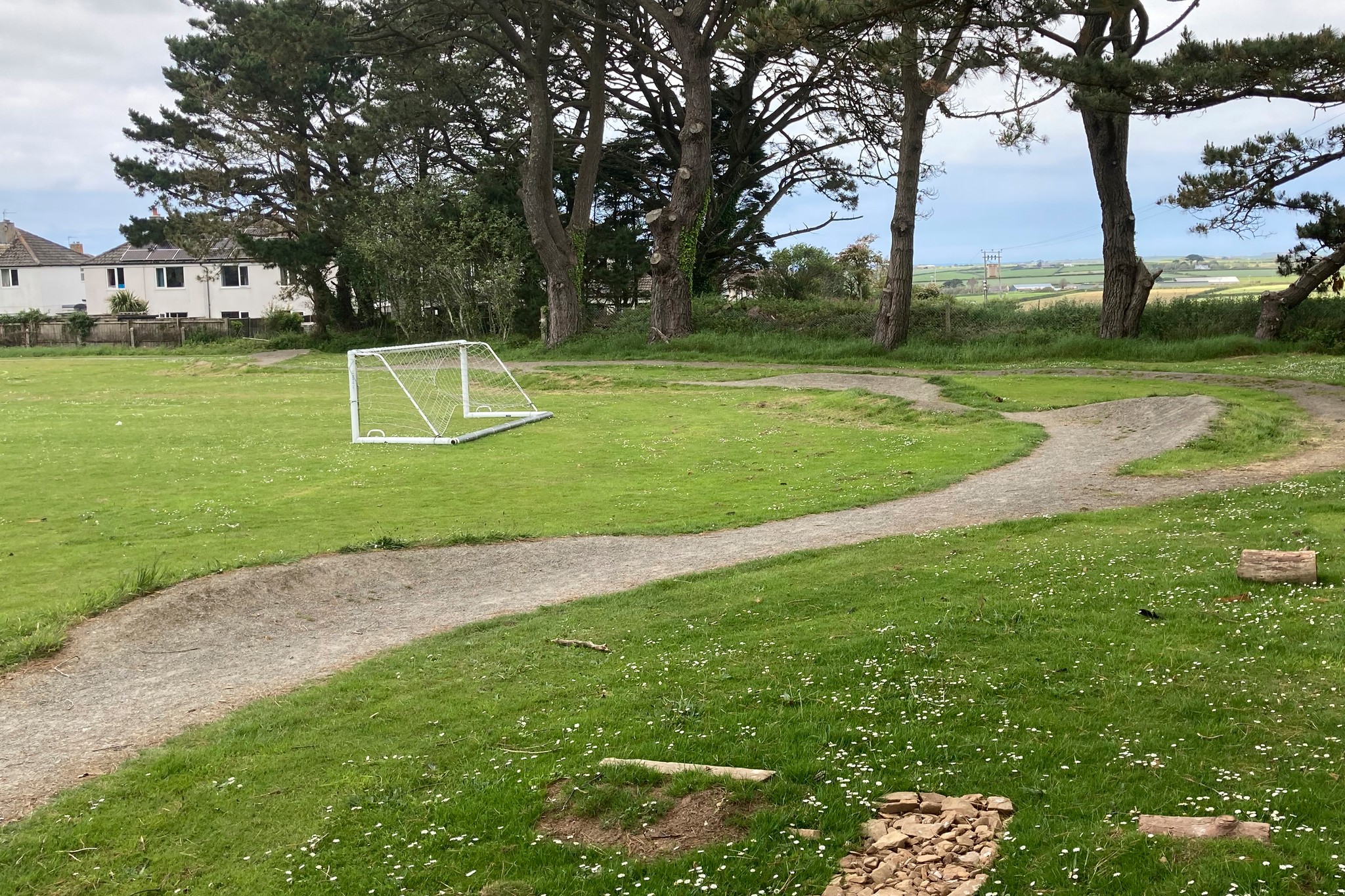

Ecosystem Restored
Final report: 19.12.2024
After approximately three years our SUGi Pocket Forests become self-sustaining. They no longer require human maintenance or watering, and can be handed over to Nature for biodiversity and complexity to naturally develop.
0%
Survival Rate
0
People living within 300 meters
0
kg of potential CO2 sequestration
Biodiversity
Biodiversity is all the different kinds of life you'll find in one area—the variety of animals, plants, fungi, and even microorganisms like bacteria that make up our natural world. Each of these species and organisms work together in ecosystems, like an intricate web, to maintain balance and support life.
0
Potential number of mammals
0
Potential number of birds
0
Potential number of amphibians
Forest Report: 2023
0 Months
Forest Age
0%
Survival Rate
0m
Average of Tallest 3 Trees
The oaks and willows are exhibiting robust growth, showcasing their overall health and vitality.
Planting: June 2022
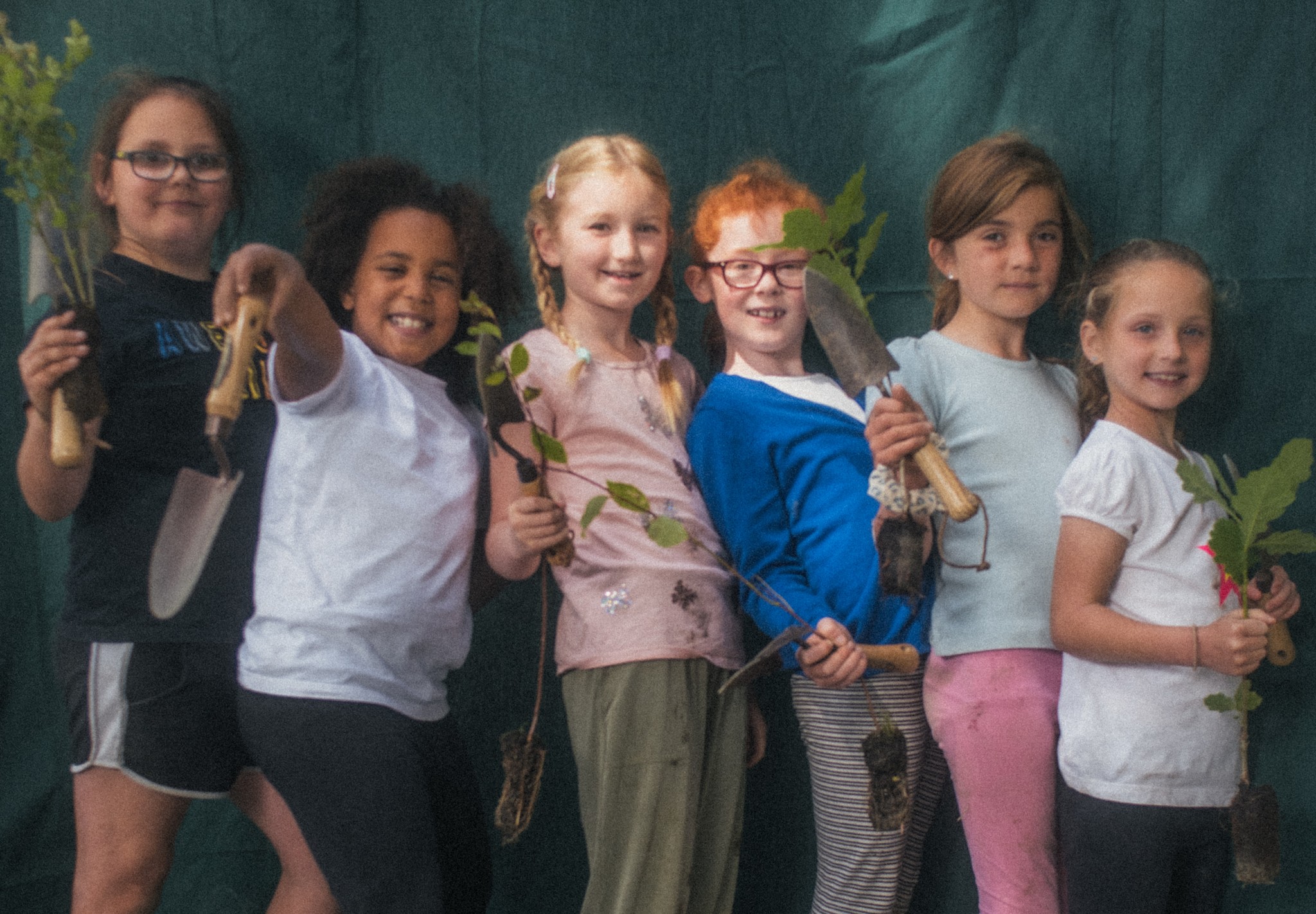
Why the Trevisker Forest?
Once abundant, there are only 1% of these ecosystems left due to generations of deforestation and felling. These rainforests are now classified as one of the most endangered ecosystems in the world.
Together with the creation of a second pocket of temperate forest at the nearby St Kew’s Primary, not only will this project provide a much needed boost to the ecosystem’s survival but it will also show school communities across the region how rainforest biodiversity can thrive on their doorstep. The children will have hands-on experience during the planting and the forest itself will become a living resource that grows up alongside the children.
